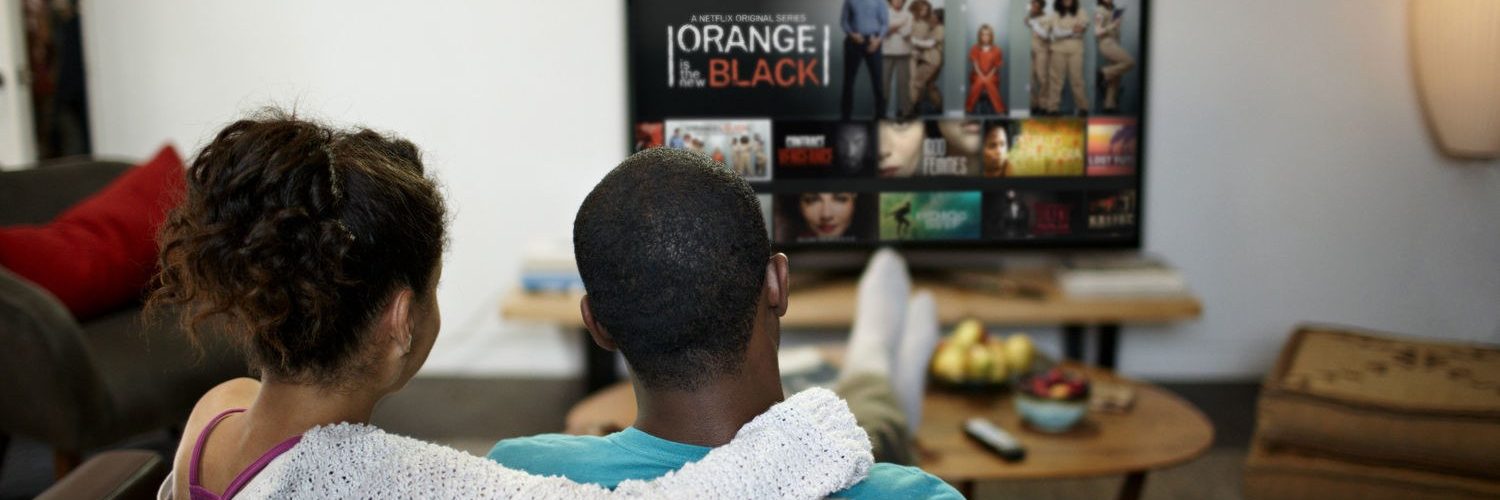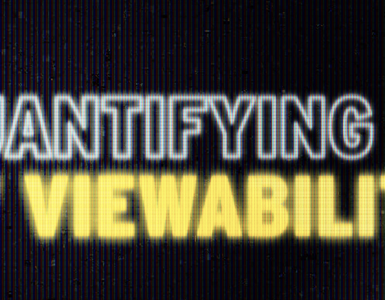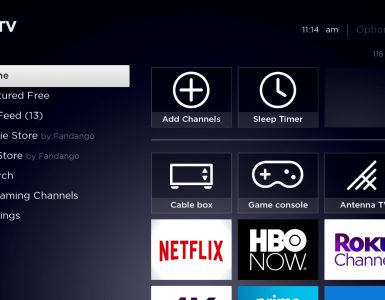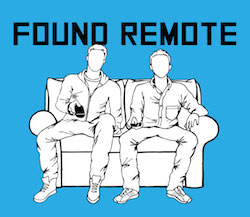With addressable TV advertising now very much a reality, brands and advertisers are eagerly diving into opportunities to reach households on a one to one basis. At the same time, evaluating which networks and platforms to work with – and how to measure effectiveness – is daunting. Modi Media, the advanced TV arm of GroupM, is helping clients navigate all aspects of connected TV and over the top advertising.
To manage the increased interest and demand in advanced TV advertising, Modi is hiring new employees and developing training programs lead by industry experts, continuing to focus on brand safety, and working more closely with platform partners to leverage unified datasets.
Modi sees advancements in addressability not as nuisance, but as a way to lead with smarter ad buys and as a way to chance the narrative between brands and consumers. According to Marissa Jimenez, President, Modi Media, this is in line with what clients are asking of them: “they are highly engaged, leaning into the new space, eager to be part of it, and asking lots of questions.”
For more on how Modi Media approaching advanced TV advertising, we spoke with Jimenez:
Found Remote: How have clients reacted to the advancements in OTT advertising?
Marissa Jimenez: Overall, clients have reacted positively to the evolution of OTT advertising. There are those clients who were early adopters and it’s now part of their main media plan and there are those still seeing it as a test opportunity. But they all welcome the added potential of targeting, measurement, creativity and custom opportunities.
More one to one targeting is available via subscriber data, device IDs or through a data management platform matched to first- or third-party data to deliver a custom audience. As well as smart TV’s usage of ACR data to target underexposed HH’s.
On the measurement front, essentially all CTV media is now measurable via 3rd party measurement vendors, which can vary from sales, website visitation, foot traffic and brand health. This allows us to measure the effectiveness of CTV advertising and inform decisions for smarter buying on future campaigns
CTV also increasingly allows advertisers to leverage more engaging, personalized creatives. This includes interactive CTV video, which can house product features, longform content, store locators, and more. Additionally, creatives can be dynamically served at the ad server level to deliver different messaging to different markets, sequentially message households, and more. Brands can sponsor large tentpole events or premium content, keeping them top of mind without physically promoting a physical product or service in the traditional way.
FR: With addressable TV and OTT advertising still so nascent, what in the space has already shown promise?
Jimenez: Automatic content recognition (ACR) technology that’s embedded into smart TVs like Roku, Samsung, LG and Vizio is extremely promising – especially given the fact that these partners can one-to-one target. This advancement in technology can help solve for many industry concerns, like managing reach and frequency across investments. Not only can this tech be used to extend unduplicated reach to household addressable buys and grow the addressable footprint, but also it can help manage ad exposures at the device level like never before. Because ACR picks up and tracks all activity occurring on the smart TV glass in near real-time, those smart TVs can ensure overall frequency of exposure remains at the desired range across linear, full episode player, addressable and CTV investments.
FR: How does GroupM advise on performance measurement as online tactics and tracking move to TV?
Jimenez: Attribution measurement shows promise but is still in its infancy. The networks are increasingly open to having conversations around business outcomes. However, as of today there isn’t a reliably consistent, common measurement source, and media mix models are neither timely nor suitable for crediting at any granularity. And, because outcomes vary by business, measurement should be tailored accordingly. We work with each client collaborating across planning, buying, research, and business sciences to design the most suitable solutions.
FR: How far away are we from purchases actually taking place directly on connected TVs?
Jimenez: E-commerce is already happening on the TV screen, though this is very much isolated to endemic purchases, like app subscriptions and rentals or movie purchases. In terms of e-commerce for other verticals, like CPG or OTC, we’re getting closer to a solution. Vudu, which is owned by Walmart, now allows advertisers whose products are available to purchase at Walmart to run shoppable video within Vudu’s app. While users aren’t able to make the actual purchase on CTV, they are able to add the advertised product to their Walmart shopping cart, then complete the purchase online. GroupM is also working with other partners on beta testing for their commerce capabilities and we see this “T-comm” as a very exciting and inevitable next step.
FR: What’s GroupM’s approach to evaluating and spending on ad-supported platforms like Pluto, Xumo, and Tubi? What about more niche OTT channels?
Jimenez: CTV and OTT is a necessary complement to linear and should be used to reach the lighter TV viewer and cord cutters. Most of the work we do in the space is with the larger CTV and OTT partners, but there is room for some of the ad supported platforms. There are many paths of entry with these apps, whether it’s direct via IO with the partners, aggregated through devices like Roku and Samsung, or programmatically.
Each client’s needs are unique and evaluated according to their overall objectives, risk tolerance and content guidelines. The recommendations will range between using some specific path to using a range of different paths of entry as each provides a unique benefit. At times, it is better to buy directly from each of the content providers or apps, which provides greater control and visibility. For scale, it’s typically beneficial to cast a wider net and run in these apps under one aggregated buy. The key is reaching the target where they are viewing CTV with a fluid budget and effectively managing frequency.





















